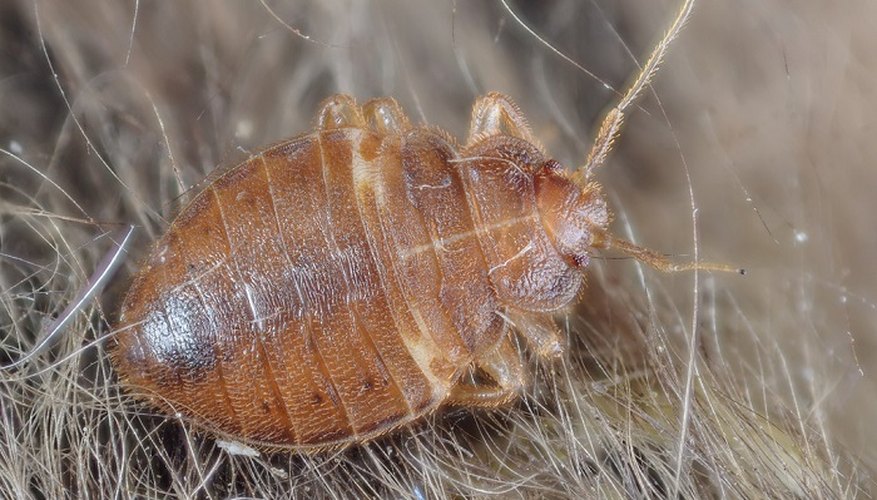Home pests can cause a lot of damage to furniture, clothes and other fabrics while creating health hazards for people and pets living in the house. Two major home invaders are the carpet beetle and the maggot, which is actually a house fly larvae. Leaving these unsightly insects alone will only result in infestations, but failing to identify them correctly could lead to improper and ineffective treatment.
Carpet beetles
Look for holes in clothes and fabric-woven furniture to begin identifying these bugs. Carpet beetles like to live out of sight and feed on the natural fibres in fabrics, even living off carpet fibres that are 90 per cent synthetic. They tend to live inside fabric furniture or deep inside carpets, so look for damage to rugs around the edges and to carpets along skirting board edges. If possible, inspect torn or low-hanging fabrics such as those found on the underside of sofas and mattresses. These are good indicators that you may have a carpet bug problem.
Inspect your clothing. Carpet bugs will eat through clothing, but they won't stay there like moths. They will move on as soon as possible, so if holes begin appearing in your clothes but you don't see moths flying in your closet, the problem is most likely carpet bugs.
Inspect carpets in out-of-the-way places like cupboards for small oval-shaped bugs slightly smaller than a ladybird. Their colours can vary from the common shiny black to a bright orange like a ladybird, so try to look at the size. These bugs have also been known to hide in cereals and pet foods, so take a look through boxes in the kitchen cupboard that haven't been touched for a while.
- Look for holes in clothes and fabric-woven furniture to begin identifying these bugs.
- These bugs have also been known to hide in cereals and pet foods, so take a look through boxes in the kitchen cupboard that haven't been touched for a while.
Look for the carpet bug larvae. These are newly hatched carpet bugs that will be around 0.25 cm long and covered in coarse hairs, almost like a caterpillar. Don't ever skip looking for these, as evidence of adults also indicates the probable presence of larvae.
Inspect the entire house and all the fabrics. Carpet beetles can fly and travel deep in the carpet, which means they can go unnoticed for quite some time. Just because you found what looks like the whole community in one spot doesn't mean you have found them all. As hatchlings mature, they can move off and start other groups elsewhere in the home.
Maggots
Look for adult flies in the house. Maggots are the larval stage of the common housefly and should appear in groups as eggs hatch. Rarely will you see these insects one at a time.
Inspect the area in which you have found the insects. Flies lay their eggs on organic matter that can feed the larvae once they hatch, which typically means you will find these pests in your rubbish bin, potted plants or on dead animals such as birds or mice in the back garden. In addition, these insects enjoy moist environments and are less likely to appear in a very dry area.
- Look for adult flies in the house.
- Flies lay their eggs on organic matter that can feed the larvae once they hatch, which typically means you will find these pests in your rubbish bin, potted plants or on dead animals such as birds or mice in the back garden.
Compare the features of these insects. The group should look relatively similar to one another. They should be white, legless, hairless and look like small worms with soft bodies.
WARNING
Both of these pests cause extensive damage and reproduce quickly, so call a pest control expert for proper treatment as soon as possible.
You will probably have to keep treating for a number of months; while chemical pest control substances will kill adults and larvae of both bug types they will not kill eggs. This means that eggs that hatch after the control has worn off will operate as if you never treated your home, so be consistent until all are exterminated.
Maggots and flies can carry pathogens that can make you ill. Treat invasions immediately to avoid potential health risks.
